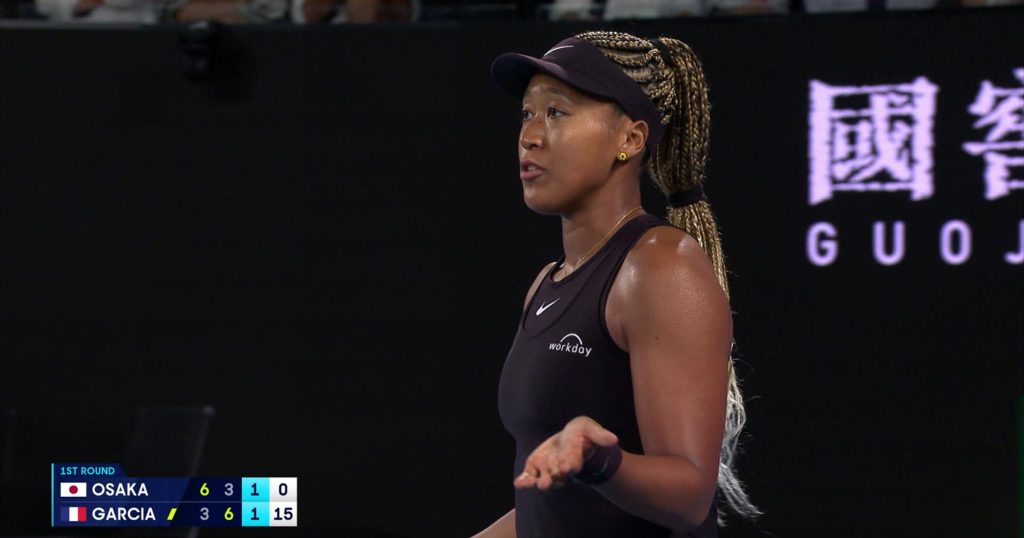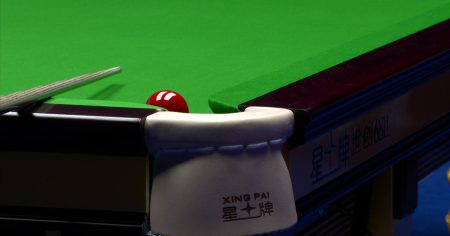The 2023 Australian Open, renowned for its electrifying atmosphere and high-stakes tennis matches, found itself embroiled in a controversial incident centered around the Hawk-Eye Live electronic line-calling system. The incident, which occurred during a crucial point in a match, highlighted the inherent complexities and potential limitations of relying solely on technology for officiating, sparking debate about the balance between human judgment and automated systems in professional sports. The core of the controversy revolved around a ball called “in” by Hawk-Eye, a decision that was immediately contested by one of the players. Subsequent replays, shown from a different angle than the Hawk-Eye projection, seemed to indicate the ball had landed outside the line, raising doubts about the accuracy of the system and igniting a discussion about its reliability.
The controversy stems from the inherent differences between how Hawk-Eye functions and how humans perceive a tennis ball’s trajectory and impact. Hawk-Eye utilizes a network of strategically positioned cameras to track the ball’s flight and predict its landing point. This data is then processed to generate a graphical representation of the ball’s path, which is projected onto the court surface for players and spectators. While generally highly accurate, the system, like any technology, is subject to certain limitations. These include the potential for camera angles to slightly distort the ball’s position, the inherent margin of error in the system’s calculations, and the challenge of perfectly capturing the ball’s interaction with the court surface, especially when considering the deformation of the ball upon impact. The replays shown from a different perspective, seemingly contradicting the Hawk-Eye call, brought these limitations into sharp focus.
The incident at the Australian Open fueled a broader discussion about the increasing reliance on technology in sports officiating and the potential consequences of prioritizing automated systems over human judgment. Proponents of Hawk-Eye and similar technologies argue that these systems enhance fairness and accuracy by eliminating human error and bias. They highlight the system’s statistically proven accuracy rate and its ability to provide conclusive evidence in disputed line calls, reducing arguments and delays in matches. Furthermore, the use of electronic line calling creates a degree of consistency across different tournaments and playing conditions, eliminating the variability that can arise from human officials’ different interpretations and perspectives. This, in turn, allows players to focus solely on their game, knowing that line calls will be made consistently and objectively.
Conversely, critics of relying solely on technology express concerns about the potential for such systems to erode the human element of the game and potentially create new sources of error. They point to instances where the system has seemingly malfunctioned or produced questionable calls, as in the Australian Open incident. These incidents raise questions about the transparency and accountability of the technology, particularly when the underlying data and algorithms are not publicly accessible. Furthermore, the absence of human officials capable of interpreting nuanced situations and applying context can create a rigid and inflexible officiating environment, potentially leading to unfair outcomes in borderline cases. They also argue that relying solely on technology could diminish the role of line judges and umpires, who bring years of experience and judgment to the game.
The Australian Open incident underscores the need for a balanced approach that integrates technology with human oversight. Rather than viewing electronic line calling as a complete replacement for human officials, it could be used as a valuable tool to assist them in making more informed decisions. For instance, umpires could be given the authority to overrule Hawk-Eye calls in exceptional circumstances, especially when there is clear and compelling evidence, such as alternative camera angles, that contradicts the system’s determination. This hybrid approach would harness the precision of technology while retaining the crucial element of human judgment, allowing for flexibility and adaptability in handling complex situations. Further, increasing transparency regarding how Hawk-Eye operates, including the data it collects and analyzes, would build greater trust and acceptance of its use in officiating.
Ultimately, the debate surrounding the controversial call at the Australian Open transcends the specific incident and highlights the ongoing evolution of sports officiating in the digital age. As technology continues to advance, it is crucial to carefully consider its role and impact on the integrity and spirit of the game. Striking a balance between the precision of technology and the nuanced judgment of human officials will be key to ensuring fairness, accuracy, and maintaining the human element that is integral to the sporting experience. Open dialogue, continuous refinement of the technology, and clear protocols for integrating human oversight are essential steps toward harnessing the benefits of technology while mitigating its potential drawbacks in the world of professional tennis and beyond.














